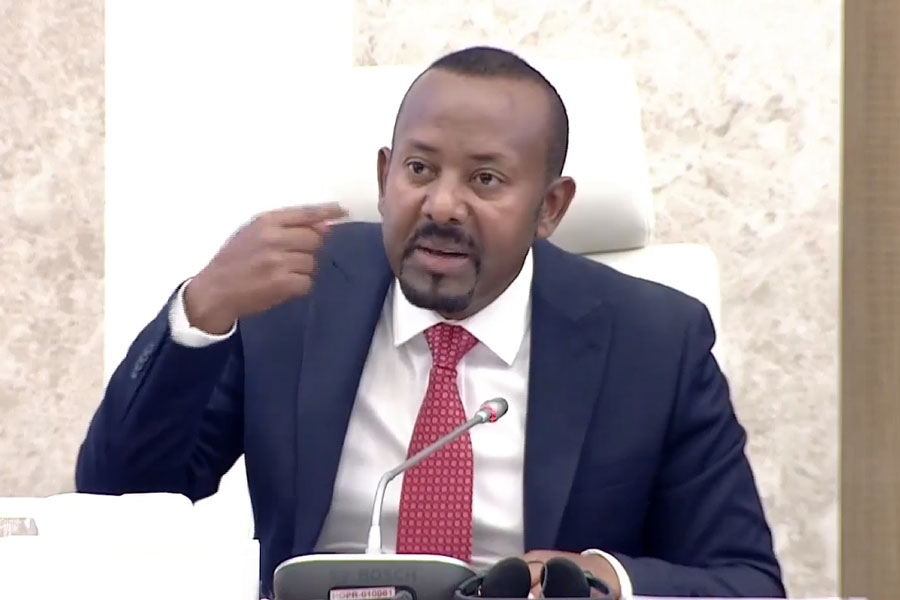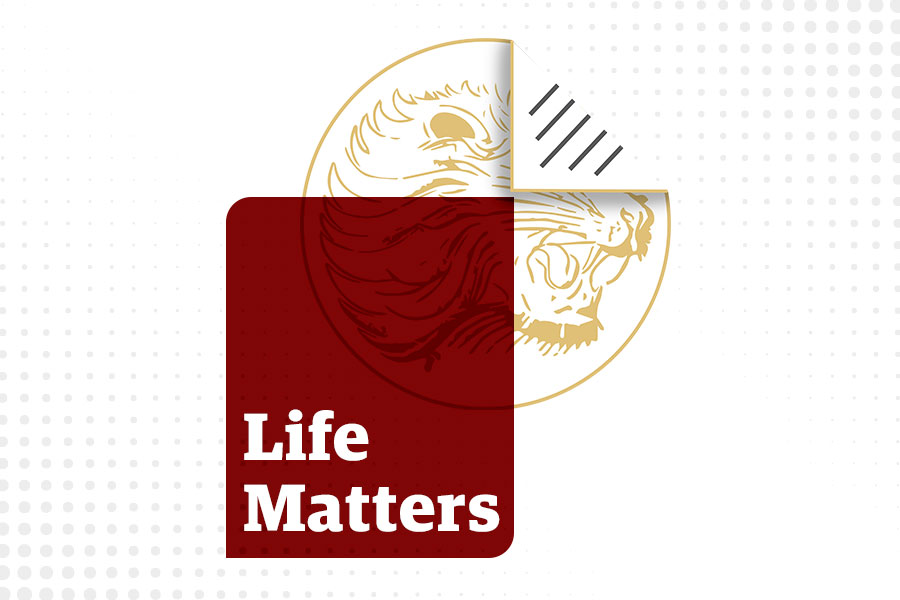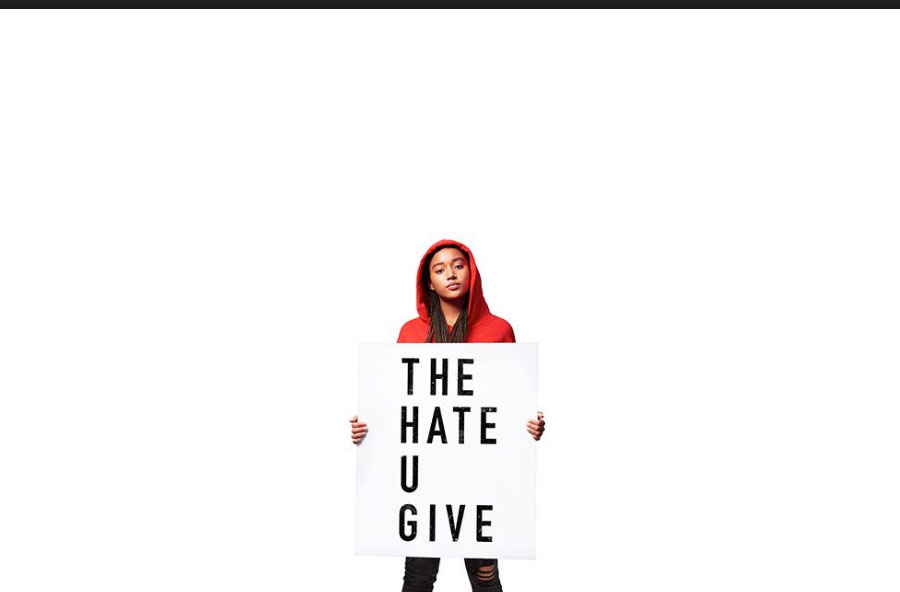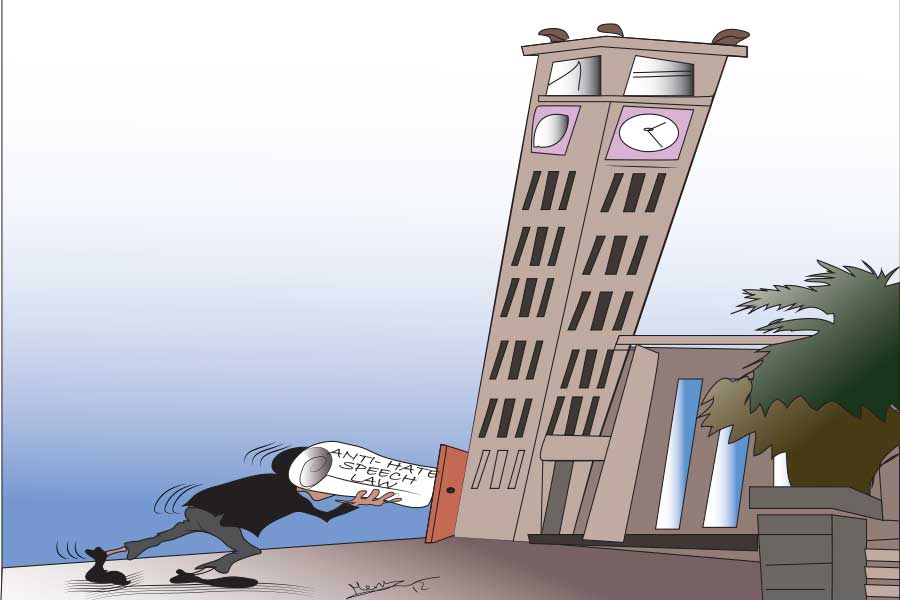
A 20-year-old man, fresh out of high school, crawled over a rooftop with a rifle, planning to commit the unthinkable. With his life ahead of him, he made the dreadful choice to take a life. This action set off a chain of irreversible events. The U.S. presidential election campaign rally in Pennsylvania was abruptly cut short as Donald Trump narrowly escaped an assassination attempt. A bullet grazed his earlobe, while one fan died from a fatal shot, and two more were critically wounded.
Modern-day live event coverage allowed the world to witness the tragedy unfold in real-time. Despite the chaos, Trump, bleeding from his injured ear, defiantly encouraged his supporters as his bodyguards led him away.
On his YouTube show, "No Spin News," veteran conservative commentator Bill O'Reilly explored the circumstances that led to this event. For anyone who follows the U.S. election campaign, it is not hard to spot the strong and divisive rhetoric. Unfortunately, major broadcasting services seem to have aligned themselves with one side or the other. The debates have extended far beyond the clash of ideas, edging into "us versus them" animosity. Opposing parties leave no stone unturned to incriminate their counterparts, seizing every plausible cause for legal action to gain the upper hand.
The public is bombarded with repeated rhetoric, creating a mental image that may not align with reality. O'Reilly argues that uncontrolled hate always precedes violence, and what happened in Pennsylvania is a case in point. He lists numerous news agencies and individuals who consistently air poisonous messages and use extreme, denigrating language on their platforms. With the public incessantly exposed to such rhetoric, many take the messages to heart, planting seeds of hate.
O'Reilly coined the term "The Hate Brigade" for these groups whose motives are as diverse as the messages themselves. Some are allegedly funded by well-entrenched interest groups or business magnates. However, whatever their motives or background support, the impact on the unsuspecting public is the same. They paint a vivid villain picture of their subjects and hammer the same point of view repeatedly, heavily swaying public opinion.
This situation is not unique to the current affair nor the U.S. Globally, in realms from politics and religion to sports, some take centre stage, espousing and imposing their belief systems on others. The messages may target an individual, a group, or an entity that does not share the worldview of the target audience. With the inherent tendency to look suspiciously at those different from oneself, the hate message acts as a stimulus.
Repetitive exposure kickstarts the hate dynamics, with the audience interpreting events according to the script, sowing seeds of doubt and suspicion. Further exposure weakens any reasonable defences the audience may have, eventually leading them to share the view. Any ensuing dramatic event or incident will be like adding fuel to the fire, with hate ripe for action.
I remember years ago when three friends and I were hanging out. Political issues were raised, with a couple of them sharing similar viewpoints. One friend started talking about an opposing political group, mentioning that someone in our friendship circle supported this view. The other friend could not believe their close friend held opposing views. As their debate heated up, I felt increasingly uncomfortable, unsure of where the absent friend stood. When they asked for my opinion, all I could say was that the person in question was reasonable and friendly. I had no clue about his political inclinations.
The friend up for discussion emerged from the other room, blushing with shame. He had overheard the conversation through an ajar door. Uncomfortable as he was, his silence risked more outrageous things being said that could sever their friendship. His wise move prevented further escalation. After a few awkward minutes, a couple of us steered the discussion toward a positive note. This allowed both parties to share their ideas face-to-face and resolve their issues. It worked out well in the end, but the experience was unpleasant, to say the least.
The image in the hater’s mind usually stems from incomplete information, misrepresentation, or outright imagination rather than facts. During the face-to-face discourse, many wrong beliefs were shed as disillusionment set in. With the realisation of facts and civil discussion came trust and assurance. In most cases, extreme hate is divorced from facts on the ground and fueled by emotions.
After the unfortunate incident in Pennsylvania, there are calls to tone down harsh rhetoric on both sides of the aisle and focus on constructive discussion. An idyllic and peaceful suburban neighbourhood was shaken by hostile shots, a rude awakening to the unpleasant reality of hate mongering. Residents stated that their peaceful way of life, which they took for granted, was disrupted. They lost one of their own for no fault of his own, and others, including Trump, were injured in what was planned as a peaceful campaign.
The outcome could have been worse had the attack been successful. A margin of error by a few inches prevented a disaster. The whole campaign and the course of U.S. history could have taken an entirely different direction. Many historical events did not end as favourably, leading to more violence and irreparable damages.
There will always be differences of opinion. Everyone must learn to accept it and coexist peacefully. Perceptions of others should be based on factual information and firsthand experience as much as possible. Unfortunately, in today’s high-tech media universe, there are multiple versions of reality and depictions of individuals, groups, and events, more than one can ever keep track of.
There is an urgent need for a civil discourse. Calls for toned-down rhetoric are crucial to prevent tragedies. To dismantle hate, we need factual information and firsthand experiences that foster understanding. This is especially important in developing countries where fact-checking mechanisms are weak, allowing hate to spread unchecked.
The human will to do good and act responsibly should always prevail against the temptation for feisty rhetoric and the propensity to hate others. The “us versus them” mentality is an easy quagmire to fall into unless we double-check every divisive and hate-filled depiction. Resorting to violence neither abates hate nor reconciles differences; it only exacerbates them.
We must always look for ways to dissipate the flames of hate by resolving root causes and stamping them out before they spark into violence. Hate should not be allowed to consume and take its toll on the good things life has to offer.
PUBLISHED ON
Jul 20,2024 [ VOL
25 , NO
1264]


Life Matters | Apr 13,2019

Life Matters | Jul 13,2024

My Opinion | Nov 14,2020

Commentaries | May 04,2019

Editorial | Apr 13,2019

Editorial | Apr 13,2019

Films Review | Jul 27,2019

Films Review | Dec 05,2018

Editorial | Nov 16,2019

Agenda | Aug 03,2025

Dec 22 , 2024 . By TIZITA SHEWAFERAW
Charged with transforming colossal state-owned enterprises into modern and competitiv...

Aug 18 , 2024 . By AKSAH ITALO
Although predictable Yonas Zerihun's job in the ride-hailing service is not immune to...

Jul 28 , 2024 . By TIZITA SHEWAFERAW
Unhabitual, perhaps too many, Samuel Gebreyohannes, 38, used to occasionally enjoy a couple of beers at breakfast. However, he recently swit...

Jul 13 , 2024 . By AKSAH ITALO
Investors who rely on tractors, trucks, and field vehicles for commuting, transporting commodities, and f...

Oct 25 , 2025
The regulatory machinery is on overdrive. In only two years, no fewer than 35 new pro...

Oct 18 , 2025
The political establishment, notably the ruling party and its top brass, has become p...

Oct 11 , 2025
Ladislas Farago, a roving Associated Press (AP) correspondent, arrived in Ethiopia in...

Oct 4 , 2025
Eyob Tekalegn (PhD) had been in the Governor's chair for only weeks when, on Septembe...